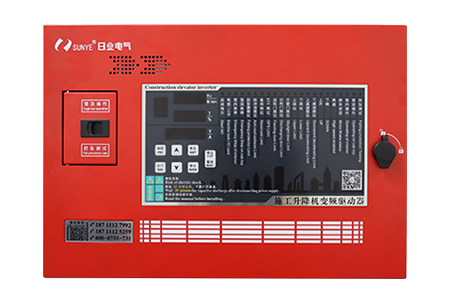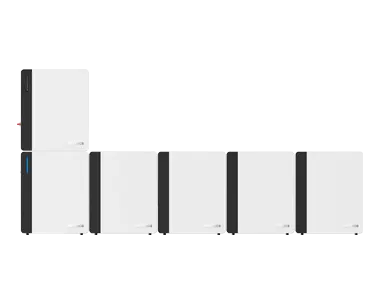Rectifier Bridge and Filter Capacitor
The three-phase AC power grid inputs into the inverter through the rectifier bridge, which converts AC to DC. The filter capacitor then smooths the DC, ensuring stable operation of subsequent circuits.
Inverter
The inverter converts DC to AC. It is the core component of the low voltage VFD, regulating the output voltage and frequency, thereby adjusting the motor speed. The inverter usually uses a three-phase bridge inverter and controls the output voltage and frequency by adjusting the conduction angle of thyristors or MOSFETs, achieving stepless speed regulation.
Controller
The controller is the operational and control center of the low voltage VFD. It primarily collects and processes external control signals, controls the inverter's output voltage and frequency, and adjusts the motor speed. The controller is typically composed of a microprocessor and various control devices, monitoring the inverter's status and performance parameters in real-time with high reliability.
Analog-Digital Converter
The analog-digital converter is a key component in the low voltage VFD. It is mainly used for data collection and processing of control signals within the inverter, converting them into digital signals for the controller to input and process, enhancing control accuracy and stability.
Protection Components
The protection components of the low voltage VFD mainly include overload protection, current limit, overheat protection, short circuit protection, etc. These components ensure the safe operation of the inverter and prevent accidental damage or personal injury.
Fault Diagnosis Components
The fault diagnosis components are mainly used for real-time monitoring of the low voltage VFD's fault conditions, such as temperature, battery level, communication status, etc. This helps significantly in repairing and preventing mechanical faults.
The above are some of the more important components of a low voltage VFD. Different brands and models of inverters may have slight differences.
Low voltage VFD is a power device used to control the speed of an AC motor and has the following functions:
Frequency Control
Through frequency conversion technology, low voltage VFD can control the operating frequency and voltage of the AC motor, achieving functions like constant speed, variable speed, acceleration, deceleration, and reverse.
Input and Output Signal Processing
Low voltage VFD can handle various sensor signals, safety circuits, and external control signals, diagnose faults and operational errors, ensuring the safety and reliability of the equipment.
Voltage and Frequency Stabilization
Built-in voltage and frequency stabilization functions of the low voltage VFD can prevent the impacts of grid instability and provide a stable operating environment for the motor.
Feedback Control
Through open-loop and closed-loop feedback control, low voltage VFD meets control requirements in various application scenarios, including constant speed control, closed-loop current control, vector control, and field-oriented control.
Communication Control
Low voltage VFD can communicate and interact with devices such as a host computer,PLC, and HMI through various communication interfaces and protocols.
Overload and Short-Circuit Protection
By multiple protection functions such as overload protection, short-circuit protection, and overheat protection, low voltage VFD ensures the safety of the motor and its peripheral equipment.
In summary, the low voltage VFD has rich functions that can meet control requirements in various applications, while also improving equipment operational efficiency and production benefits.

